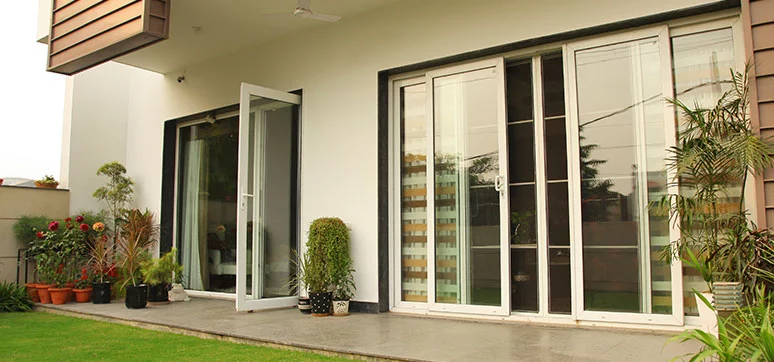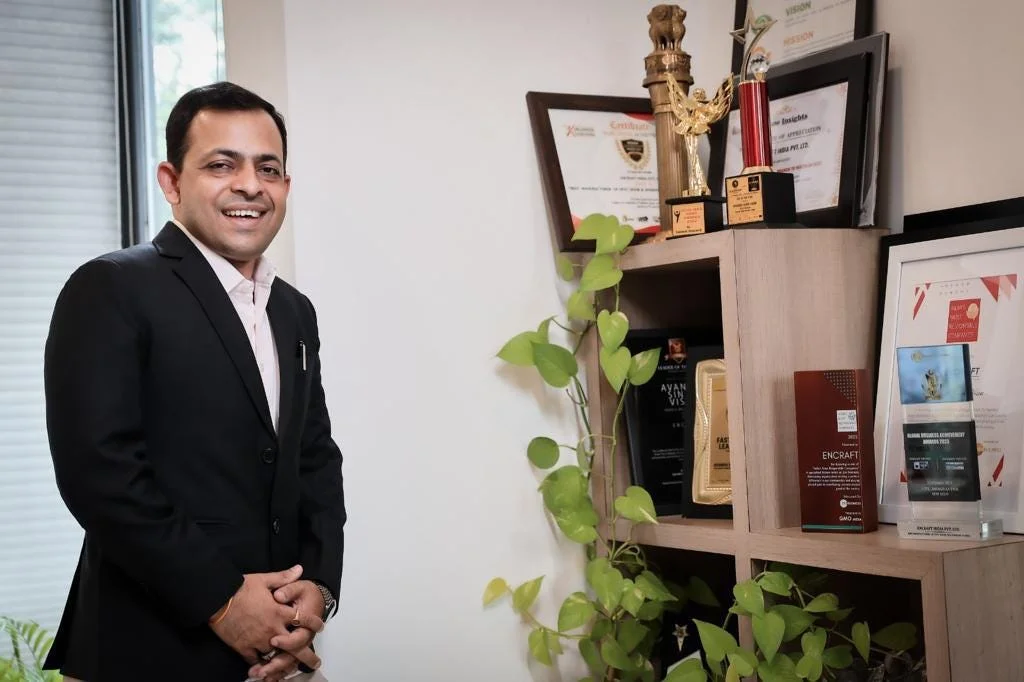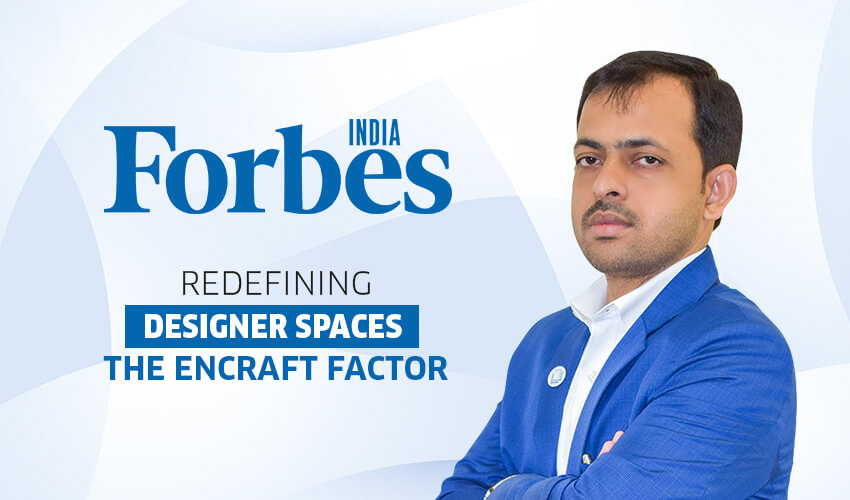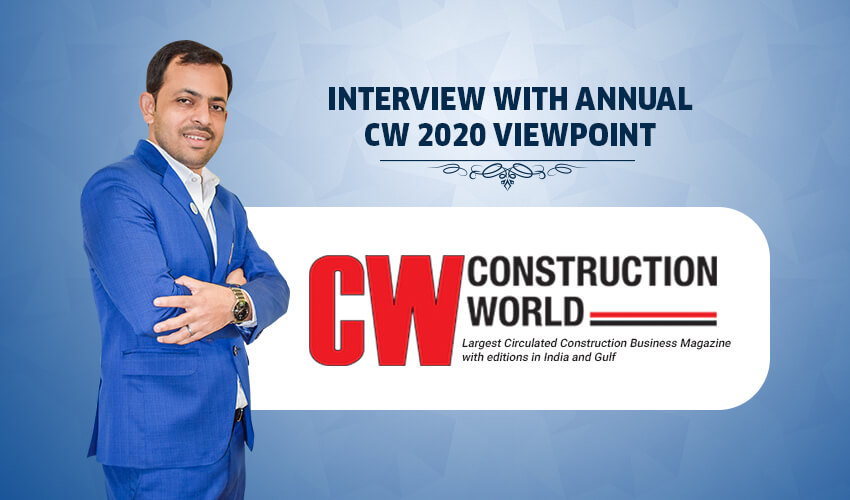
upvc dominance in world market explained by Director and CEO of DCJ Group Shri Avanish Singh Visen.
As the global construction and infrastructure landscape continues to evolve, the demand for smarter, sustainable, and long-lasting building solutions is reshaping material choices across industries. Among these, uPVC (Unplasticized Polyvinyl Chloride) has emerged as a game- changerin the windows and doors segment—both in India and worldwide.
At DCJ Group, we have witnessed this transformative shift firsthand. As someone who has been deeply involved in the fenestration industry, I firmly believe that uPVC is no longer an alternative—it is the future. Its dominance in the global market is not just a trend, but a testimony to its unmatched performance, sustainability, and cost-efficiency.
1. A Global Standard for Quality and Longevity
Countries across Europe, North America, and Southeast Asia have long embraced uPVC as the material of choice for windows and doors. Why? Because uPVC outperforms traditional materials like wood and aluminum in nearly every category—thermal insulation, weather resistance, durability, and minimal maintenance.
As an industry leader, I have seen how uPVC installations retain their form and function for over 25 years, with virtually no need for repairs or replacement. This longevity makes uPVC a preferred choice in markets that demand long-term ROI and environmental consciousness.
2. Sustainability Driving Demand
One of the key reasons for uPVC’s global rise is its eco-friendliness. It is fully recyclable, lead-free (especially with advancements from manufacturers like Encraft and Enzocraft), and promotes energy efficiency—reducing the carbon footprint of homes and buildings significantly.
In line with our DCJ Group’s commitment to green manufacturing and sustainability, we’ve aligned our product innovations to cater to this growing global demand for environmentally responsible construction materials.
3. Performance Meets Affordability
The global market is also witnessing increased adoption of uPVC because it delivers premium quality at a lower cost. Unlike wooden windows that require regular painting or aluminum frames that struggle in extreme weather, uPVC provides zero- compromise solutions with very low lifecycle costs.
This value proposition is particularly relevant in developing nations, where infrastructure growth must balance performance with affordability. And as the Indian market matures, we're seeing a similar shift, with uPVC now commanding a significant share of urban and semi-urban residential projects.
4. Design Flexibility and Customization
Today’s consumers seek more than durability—they seek aesthetic versatility. Modern uPVC systems offer a range of laminated finishes, wood-like textures, and bold colors, meeting the diverse demands of architects and homeowners alike.
At DCJ Group, we have consistently worked to deliver products that combine design, engineering, and elegance, giving our clients the freedom to customize without compromising on quality or function.
5. India’s Rising Role in the Global uPVC Ecosystem
India is fast emerging as a key manufacturing and export hub for uPVC products, and I’m proud to say DCJ Group is playing a pivotal role in this transformation. With increasing awareness, policy support, and rising urbanization, uPVC’s domestic demand is soaring—and so is its export potential.
As we invest in technology, talent, and sustainable practices, we are not only meeting international standards but also setting new benchmarks in the global fenestration industry.
The world is moving towards smarter, cleaner, and more efficient infrastructure—and uPVC is leading this change. From performance to sustainability, from affordability to design innovation, it checks every box.
As Director and CEO of DCJ Group, I remain committed to championing this revolution, and to delivering uPVC solutions that help build a more sustainable, beautiful, and resilient world.

Avanish Singh Visen
CEO & Director - DCJ Group












